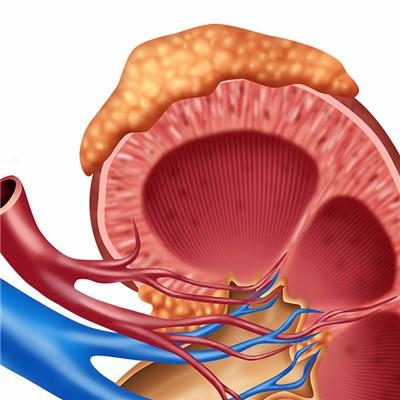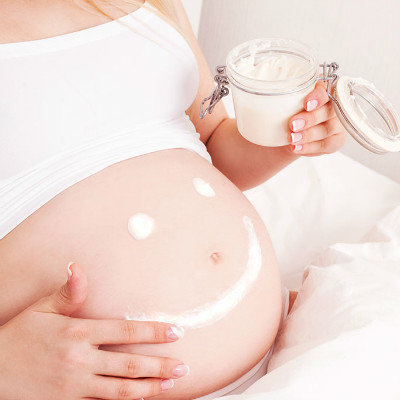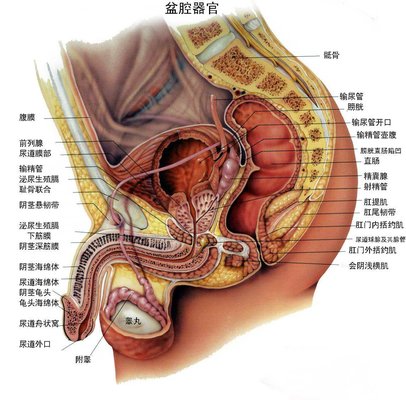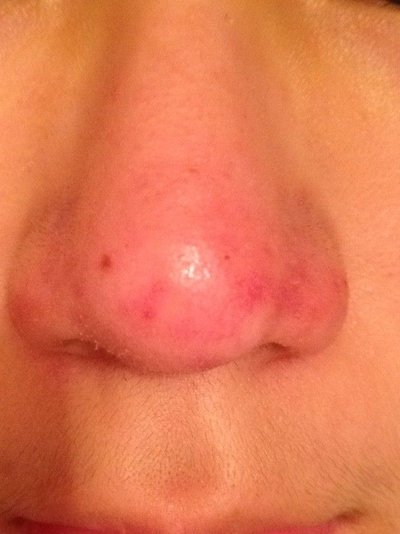Symptoms of cerebral palsy in infants
summary
Cerebral palsy, also known as infantile cerebral palsy, is a clinical syndrome of congenital motor dysfunction and postural abnormalities. At present, the term congenital motor dysfunction syndrome is also used. The scope of cerebral palsy is too wide and it is not practical in clinic. However, the term has been familiar to the public and has become an important slogan of social fund-raising and rehabilitation movement in the United States, so it has been used for a long time. The Chinese Symposium on cerebral palsy (1988) put forward the definition of cerebral palsy: non progressive brain damage syndrome during the development period from the birth to one month after birth, mainly manifested as central dyskinesia and postural abnormalities. Transient dyskinesia, progressive brain diseases and myelopathy caused by other reasons are not included in the scope of this disease. Next, I'll tell you the common symptoms of cerebral palsy.
Symptoms of cerebral palsy in infants
1: Newborns or 3-month-old infants are prone to panic, crying, breast weariness and sleep difficulties. Early feeding, eating, chewing, drinking, dysphagia, salivation and dyspnea. The sensory threshold was low, and it was easy to be frightened by noise or posture change, and the hugging reflex was enhanced with crying. In normal infants shortly after birth, due to the effect of step reflex, when standing upright, the two feet can move alternately. Although it may subside for a time at the age of 3 months, there is still no standing or walking person at the age of 3 months.

2: The infants who had been over 100 days could not raise their heads, and their heads still swayed when they straightened their waists from April to May. Clenching: Generally speaking, infants can clench their fists within 3 months after birth without opening them. If they still have adduction of thumb after 4 months, if they do not open their hands, children with cerebral palsy should be suspected. Normal infants should reach out and grasp when they see objects from 3 to 5 months. If they can't see objects after 5 months, they are suspected of cerebral palsy. Generally, they will laugh 4-6 weeks after birth and recognize others later. Children with spastic cerebral palsy are indifferent, and their hands and feet move slowly. They are often sad.
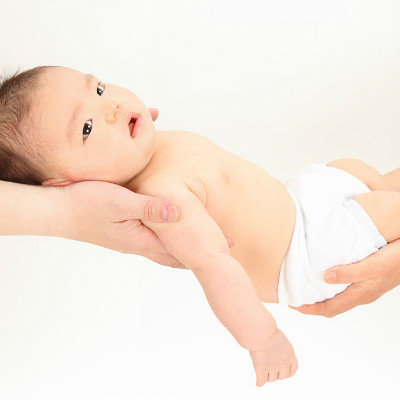
3: The muscles are soft and can't turn over. The movement is slow. When touching the inner thigh of the child, or letting the child's feet land or jump up and down, the lower limbs stretch and cross. Stiff, especially when wearing clothes, it is difficult for the upper limbs to get into the cuffs; When changing diapers and cleaning, the thigh is not easy to abduct; When rubbing palms, as well as when bathing limbs stiff. Babies don't like bathing. Premature development: children with cerebral palsy may turn over prematurely, but it is a sudden reflex turn over. The whole body turn over is like rolling wood, rather than conscious segmental turn over. Infants with spastic diplegia may have stiff lower limbs before sitting down and stand on the toes like ballet dancers.
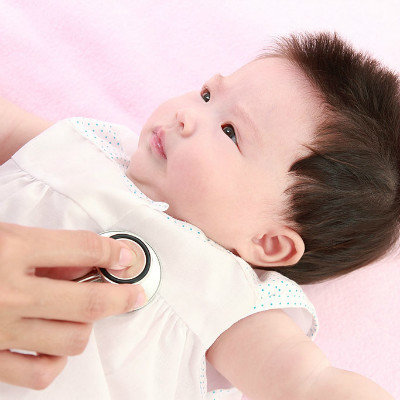
matters needing attention
Children with cerebral palsy should eat foods that are easy to digest and absorb, rich in nutrients and high in protein. They should choose foods with high vitamins. They should eat more vegetables and fruits and less fat and fat. Vegetables and fruits contain vitamin and fiber, which can keep their stool unobstructed. They should mainly eat carbohydrates such as rice, pasta, steamed bread, porridge and flour. They should have outdoor activities every day, Let the sun shine on the skin, can increase appetite, help absorption.

